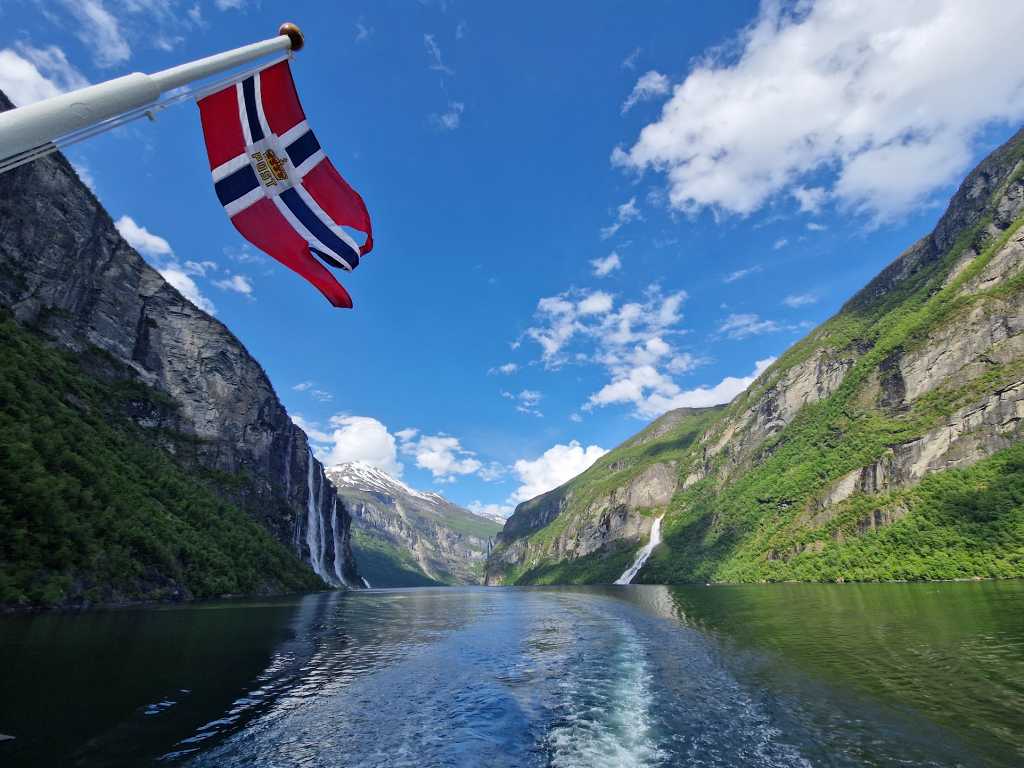Norway is the land of fjords. The Scandinavian nation is known across the globe for its impossibly beautiful landscape, made up of ancient glaciers, craggy coastlines, and soaring mountains. The scenery speaks for itself in Norway, with farmsteads, fishing villages, and historic towns dotting the country.
Whether you want to experience the northern lights or spend time exploring the cool capital of Oslo, there’s so much that Norway is famous for — here are just a few of the things that make it such a unique Nordic destination.
Table of Contents
What Is Norway Known For?
Briksdal Glacier
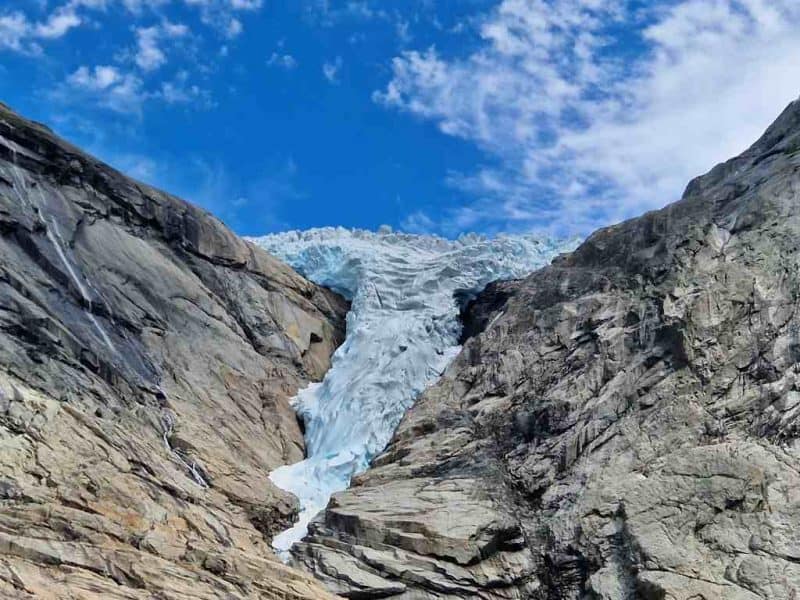
Located in Jostedalsbreen National Park, Briksdal Glacier is one of the easiest to access in the country — but that doesn’t make it any less impressive. Covering an area of 10 square kilometers, the glacier formed some 2,500 years ago. It draws visitors from far and wide to see this classic Norwegian landscape, surrounded as it is by soaring peaks and icy waterfalls.
From the jumping-off point of Olden, a tiny village nearby, people like to hike in amongst the scenery, with several trails looping their way around the glacier. You could also catch a “troll car,” a way to get around the area, replacing the horse and cart that once trundled around the routes.
Geirangerfjord
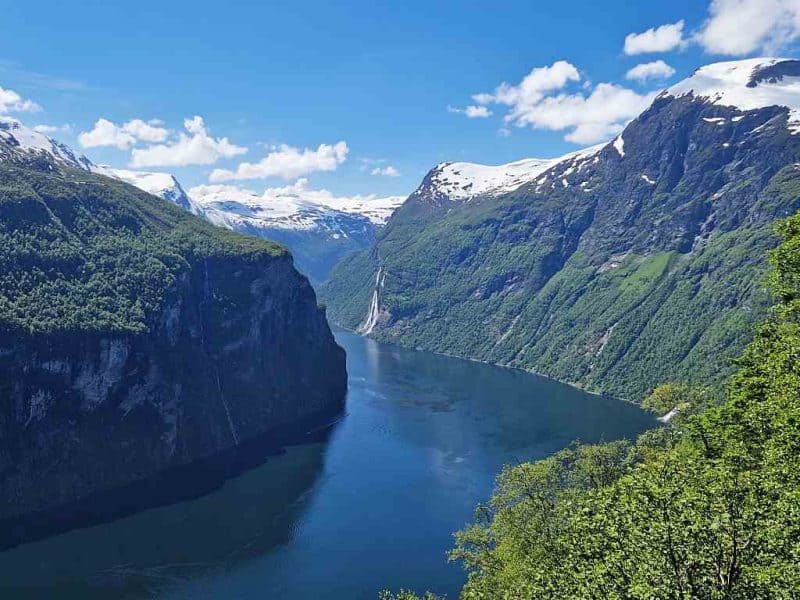
Located in west Norway, Geirangerfjord was awarded UNESCO World Heritage Site status in 2005. This enormous fjord is among the country’s most famous, with eye-catching cliffs wrapped in greenery, all carved out since the last ice age.
The surrounding area is particularly verdant, with a number of farms dotted around, helping to create a bucolic, picturesque landscape. Visitors can reach Geirangerfjord easily by taking one of the daily flights that leave Oslo.
Famed for its waterfalls — Frairen (The Suitor), De Syv Søstrene (The Seven Sisters), and Brudesløret (The Bridal Veil) — Geirangerfjord is also renowned as the inspiration for the setting of Disney’s Frozen.
Sognefjord
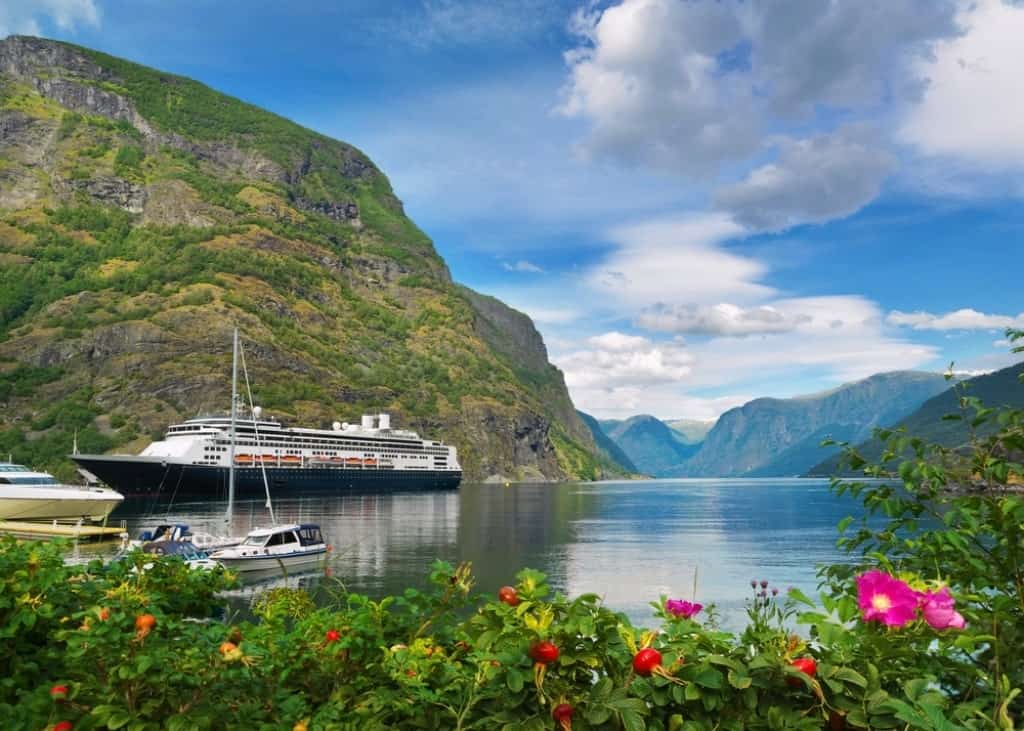
Sognefjord is huge. The largest fjord in Norway and second-largest fjord in the world, with a maximum depth of an impressive 1,308 meters and a length of 200 kilometers, it’s no wonder that Sognefjord is regularly called “King of the Fjords.”
Situated in Vestland county, western Norway, this natural wonder attracts crowds from across the globe who explore its still waters and soaring cliffs by boat. The enormous fjord is also particularly interesting for those interested in culture, as boat tours stop at little villages along the way on their route through the imposing canyon-like landscape.
There’s also a long list of fjords branching from Sognefjord, with interesting sights like old wooden stave churches and farmsteads hidden along their shores.
Check out: The best fjords to visit in Norway.
Best things to do in Flam, Norway.
Lysefjord/ “Pulpit Rock”
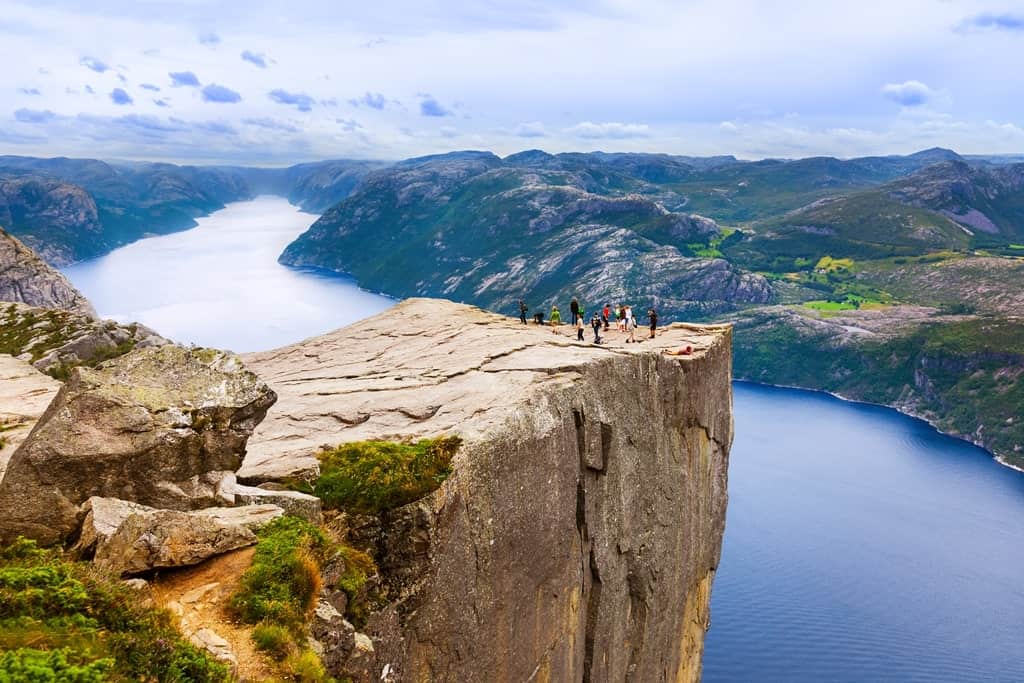
Norway’s southernmost fjord, Lysefjord, can be found in Ryfylke. Surrounded by massive boulders and towering mountains that measure up to 1,000 meters, the impressive landscape really adds to Lysefjord’s credentials as one of the most beautiful in the country.
It’s particularly well known for its rock formations, the most famous being Preikestolen — the “Pulpit Rock,” which rises 604 meters above the calm, blue waters below.
Lysefjord is also popular for those looking to enjoy the great outdoors. Enjoying a somewhat milder climate than much of the country, the area is scattered with hiking routes, biking trails, and plenty of cabins and camping grounds to stay the night. And all less than an hour’s flight from the capital.
Hardangerfjord
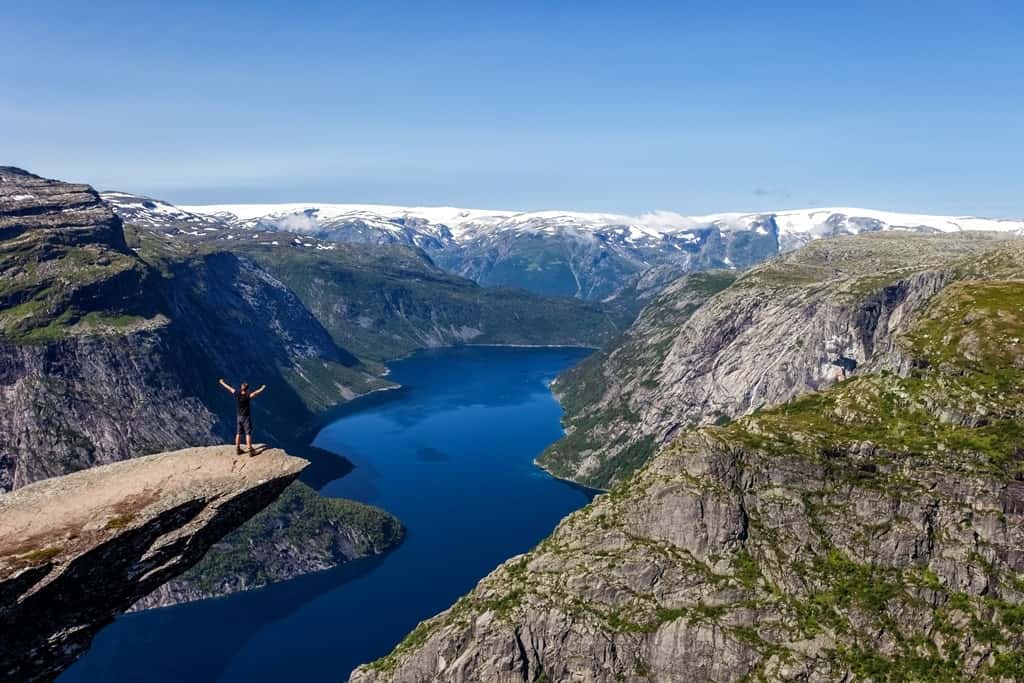
Hardangerfjord is another of the impressive fjords in west Norway’s Vestland county. You may well have seen this fifth-largest fjord in the world on social media, as it’s here that you’ll find the iconic Trolltunga. Literally meaning “Troll’s Tongue,” this rock formation hangs out 700 meters above the water. Travelers like to pose on the “tongue” itself for photos of themselves encapsulated in truly dramatic scenery.
But there’s more to the fjord than this famous rock. Hardangerfjord is very large, stretching 179 kilometers from interior mountaintops along the Hardangervidda Plateau all the way to the Atlantic Ocean. Along the way, multiple sub-fjords lead into the main one, with many waterfalls and small farming communities to see.
Hiking
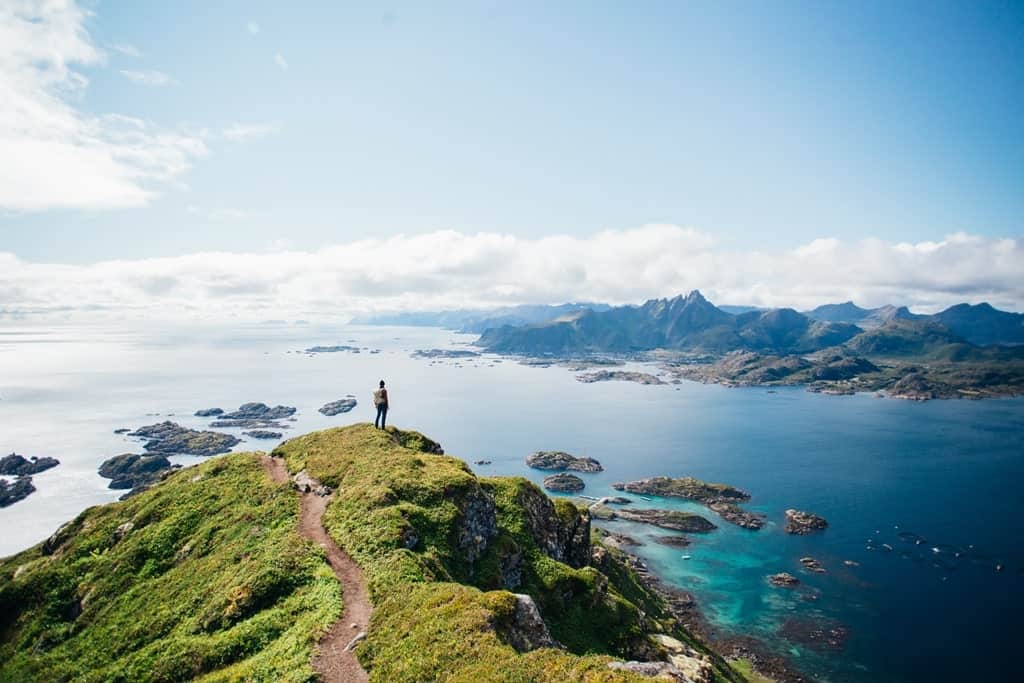
With all this natural scenery, it’s no wonder that Norway is so famous for its hiking. It’s a fantastic way to explore the fjords and mountains that punctuate the Nordic nation. In fact, hiking is a national pastime in Norway, with people emerging from their houses when spring rolls around to take advantage of the warmer weather and the wildflowers in bloom.
Hiking trails take walkers up rugged mountainsides, down into lush, Alpine-esque valleys, or for casual strolls along coastal footpaths and through dense forests that carpet the country; you can even walk inside a glacier on some guided tours. Routes are almost always well laid out, well maintained, and well marked.
Check out: the Lofoten Islands in winter.
Northern lights
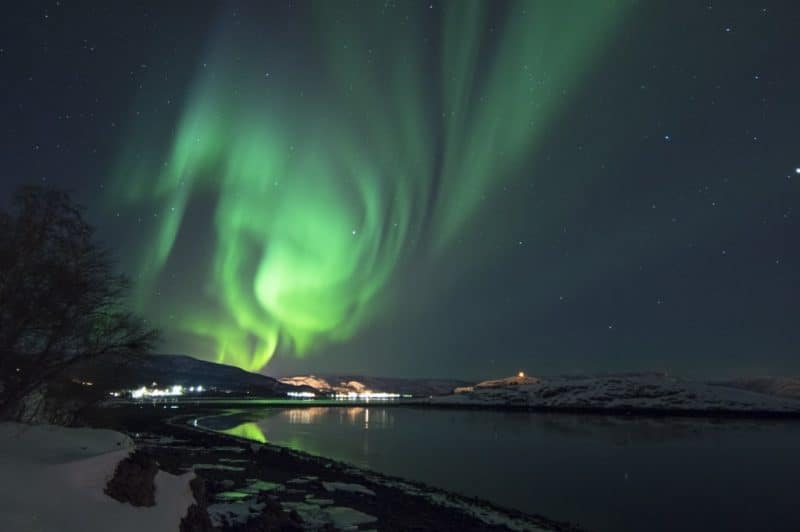
Possibly one of the most famous natural phenomena that bring people to Norway, seeing the northern lights is a true bucket list experience for many. They appear in the Arctic skies of northern Norway between September and March and are best seen when the sky is clear and the weather is cold and dry.
Also called the aurora borealis, this phenomenon sees the skies light up in waves of green and blue — sometimes pink and purple, too — like a natural light show. It takes place when charged particles enter Earth’s atmosphere from the Sun.
Check out: The best places to see the Northern Lights in Norway.
Oslo
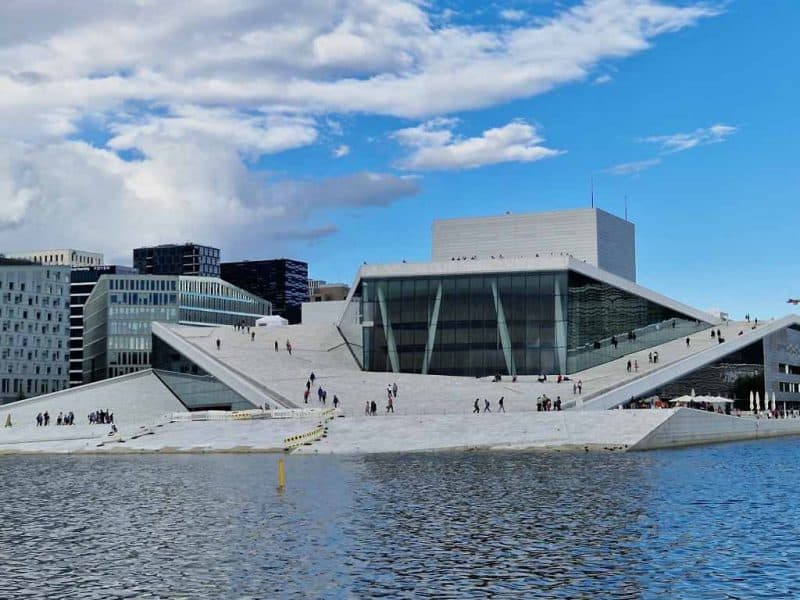
Norway’s capital city is a magnet for visitors to the country, either for a city break or as a jumping-off point to see what else the country offers. It may be a thousand years old, but the city is alive with modern art, cool coffee shops, and an interesting food scene.
Here, in the city with the world’s lowest carbon footprint, you’ll find plenty of cultural spaces and historical sights. There’s the National Museum, which is the largest museum in all Nordic countries; the Akershus Fortress, which dates back to 1299 (it has never been successfully attacked); and the Viking Ship Museum, where you can see Viking-era ships alongside other artifacts. It also has its own fjord, Oslofjord, that you can explore on a cruise.
You might also like: How to spend one day in Oslo.
Vikings
Vikings have left their mark across vast swathes of Europe, starting the dynasty of the Normans in France and the Rus, which eventually became Russia. The age of the Vikings began in 793 with the first known Viking raid and lasted all the way to 1066. These seafaring people were known for their murdering, raiding, trading, and colonization.
Viking ship design has been hailed as innovative, especially for the age in which their ships were made. Examples of this can be seen at Oslo’s Viking Ship Museum, while over in Gudvangen, you can find the Viking Valley. This recreated Viking village is a fun experience, showcasing everything from residential buildings to axe-throwing.
Edvard Grieg
Born in 1843 in Bergen, Edvard Grieg is arguably Norway’s most famous composer. Known for his Romantic compositions that often utilized Norwegian folk music, his pieces have become iconic across the world. The incidental music he composed for Henrik Ibsen’s play Peer Gynt, namely “Morning Mood,” has become a standard for illustrating a dawning day or bucolic nature.
Grieg died aged 64 in 1907, and it’s said around 40,000 people filled the streets to honor him. Today you see tributes to the great composer in his hometown of Bergen, including the Grieg Hall, a concert hall, and the Grieg Academy, a music school.
Edvard Munch
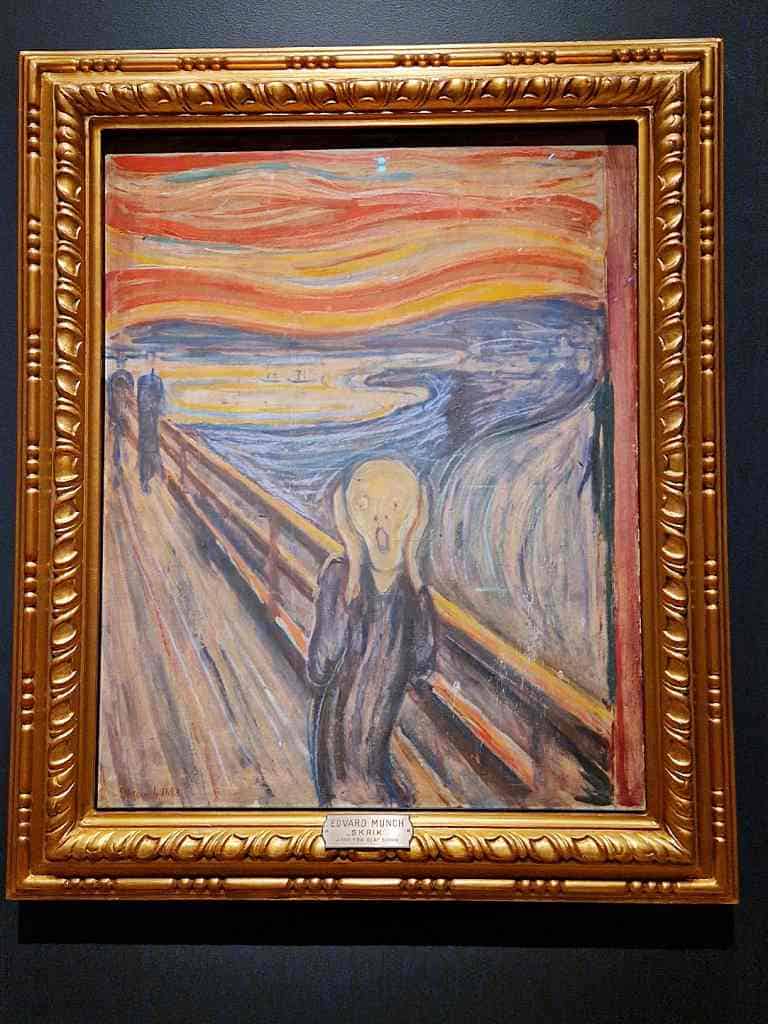
Edvard Munch is best known for his masterpiece The Scream, which he painted in 1893. It has become an iconic image of Western art. Born in 1863 in Ådalsbruk, Munch is known for his vibrant paintings, often using swirling colors, but it’s The Scream that he is most famous for. In fact, there are multiple versions of this painting. One of these recently sold in 2012 for almost $120 million.
Munch died in Oslo in 1934. The world’s largest collection of his work can be found inside the very modern Munch Museum, which — of course — includes various versions of The Scream. It’s actually the world’s largest museum dedicated to a single artist.
Henrik Ibsen
The playwright and theatre director Henrik Ibsen (1828-1906) is famed as the “father of Realism” on the stage. His modern plays included A Doll’s House, Ghosts, and An Enemy of the People, and often featured commentary on contemporary society.
Ibsen’s plays are regularly put on in Norway, particularly at the National Theatre in Oslo and at the outdoor Peer Gynt Festival. You can learn more about his life at the Ibsen Museum — the last place where he lived, now restored to its former glory.
Food
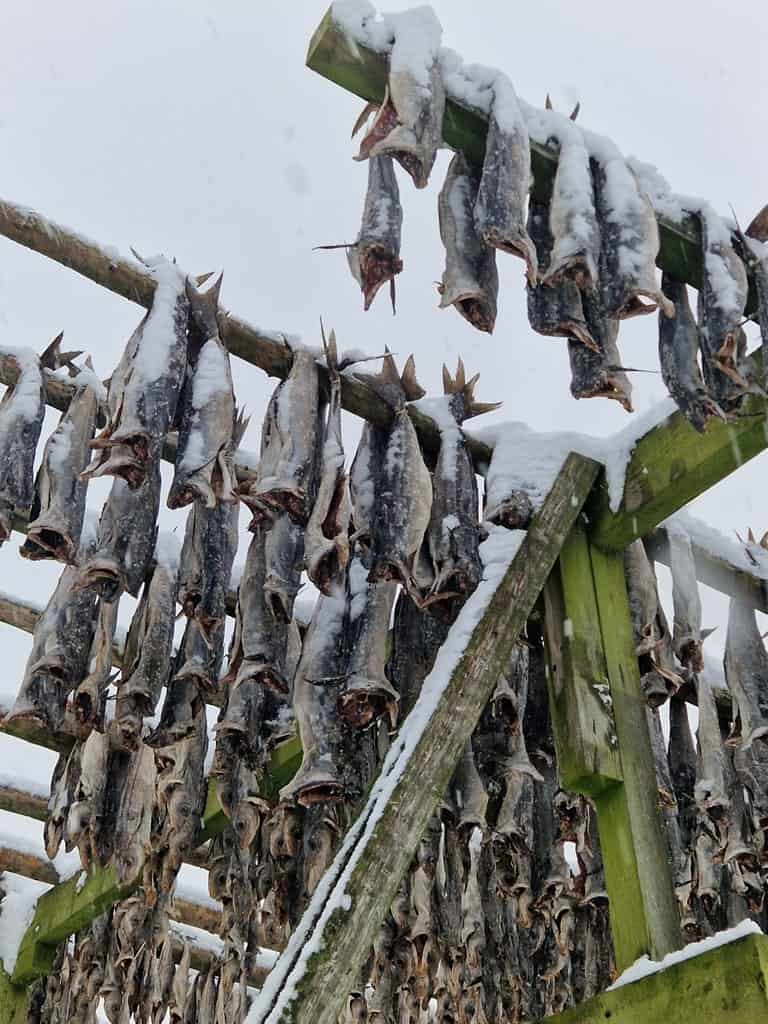
Norwegian food runs the gamut from traditional classics that can be found throughout the country and cutting-edge gastronomy scenes in cities like the capital, Oslo. Its range of local dishes reflects the nation’s different landscapes, making use of home-grown ingredients (cloudberry jam, for example).
Smørbrød, an open-faced sandwich, can be found across the nation; this is rye bread topped with cold cuts of meat or fish. There’s also kjøttkaker, a warming, a seasonal dish of meatballs in gravy served with boiled potatoes and cabbage — a staple served up in eateries and at home. More unusually, there’s fermented fish in the form of lutefisk and rakfisk.
Expensive alcohol
It’s not cheap to wash down all that delicious Norwegian food with alcohol of any kind. Alcohol is heavily taxed in this Nordic nation, making it the most expensive place to buy alcoholic beverages in Europe. Almost all of the alcohol in the country is sold via a government monopoly called Vinmonopolet, which takes care of anything over 4.75% ABV.
But that doesn’t mean the drinks aren’t delicious. You’ll find alcohol on the menus at bars and restaurants all over Norway, but prices are 120% above the European average — so be prepared for a big bar bill if you want to have a drink in Norway.
Norwegian knitwear
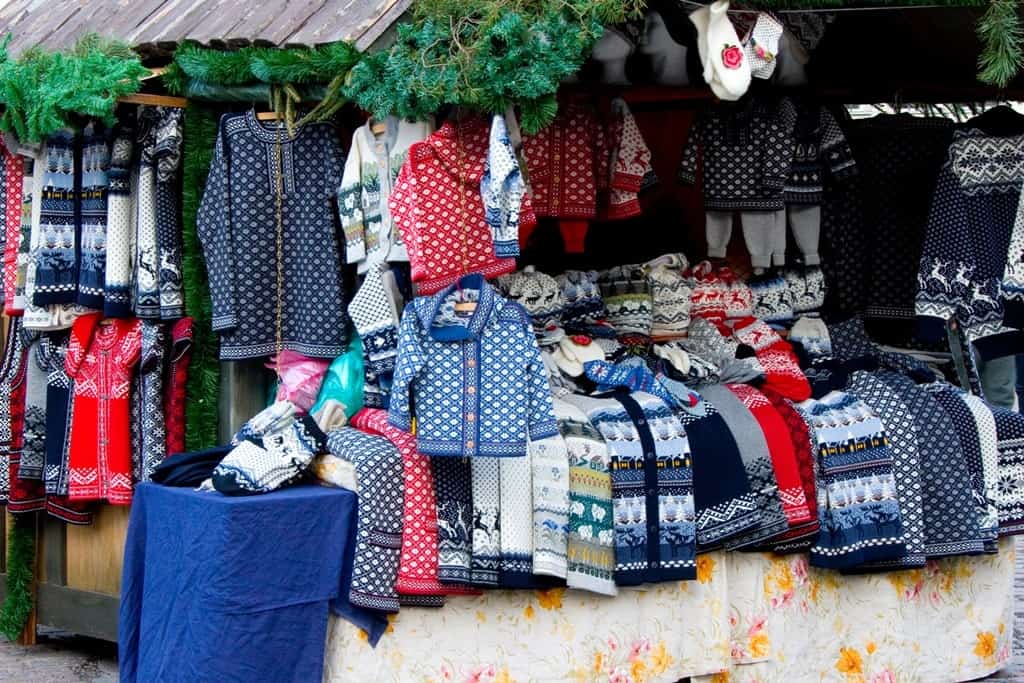
There is a whole range of different types of knitwear native to Norway. These warm, woolen goods are often patterned depending on the type of knitwear and where in the country it was made. Knitting in Norway dates back to the early 16th century, with patterns developing over time into the iconic garments you find today.
The city of Selbu in particular, has approximately 300 patterns attributed to it, most famously the black-and-white snowflake motif. One example of a traditional kind of sweater is the lusekofte, which features an ornate design and silver clasps at the front to fasten it.
Trolls
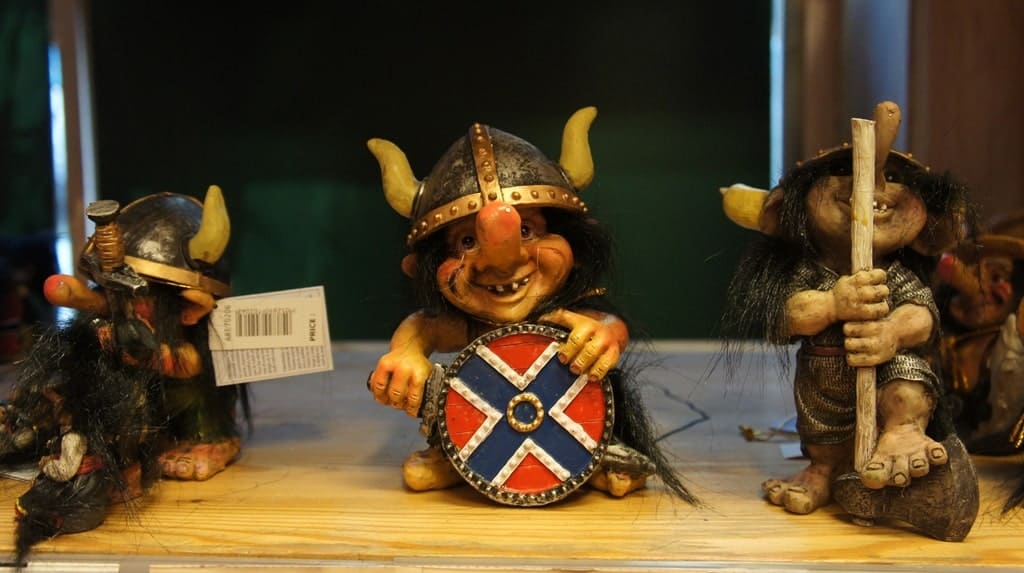
Trolls are a big part of Nordic folklore, not least in Norway. It’s said that these strange creatures roamed the Norwegian forests and mountains at night; when the sun rose, any troll still out would be turned to stone. They were first written in the sagas of the middle ages, and linked to the supernatural, reflecting the vast landscapes of forests and fjords that make up the country.
Today a part of Norwegian cultural heritage, these grotesque mountain giants can be found in many forms across the country, in museums dedicated to them, and in rock formations named after them (the Trolltunga, for example). One thing is for sure; these trolls are always two things: dangerous but stupid.

